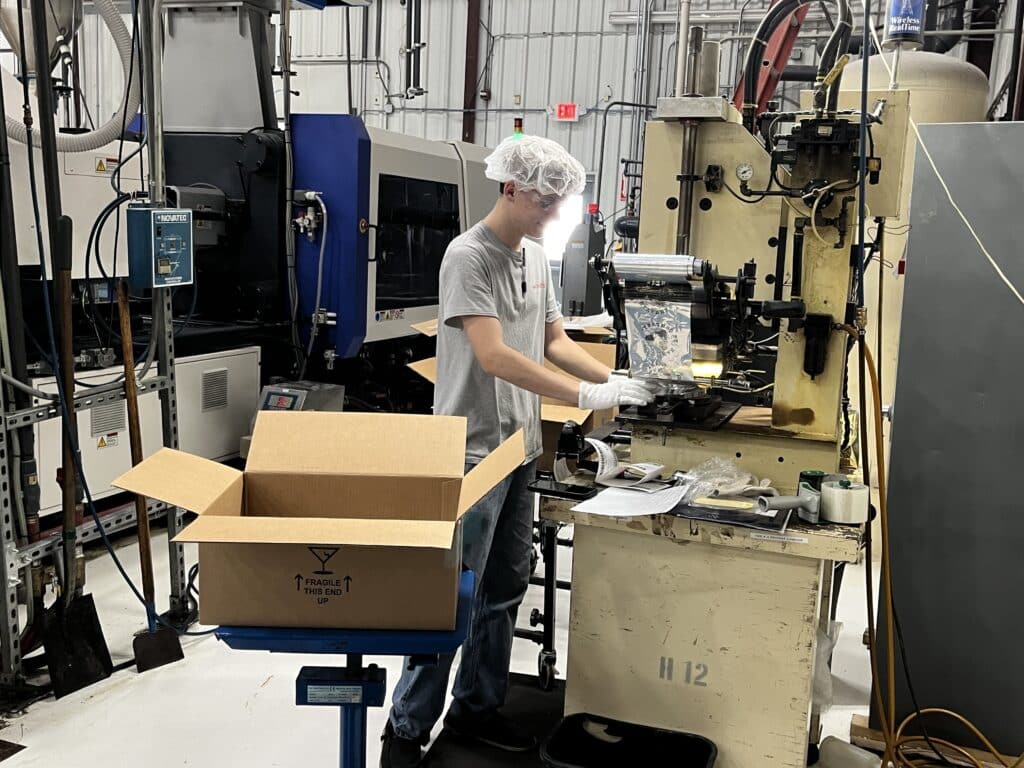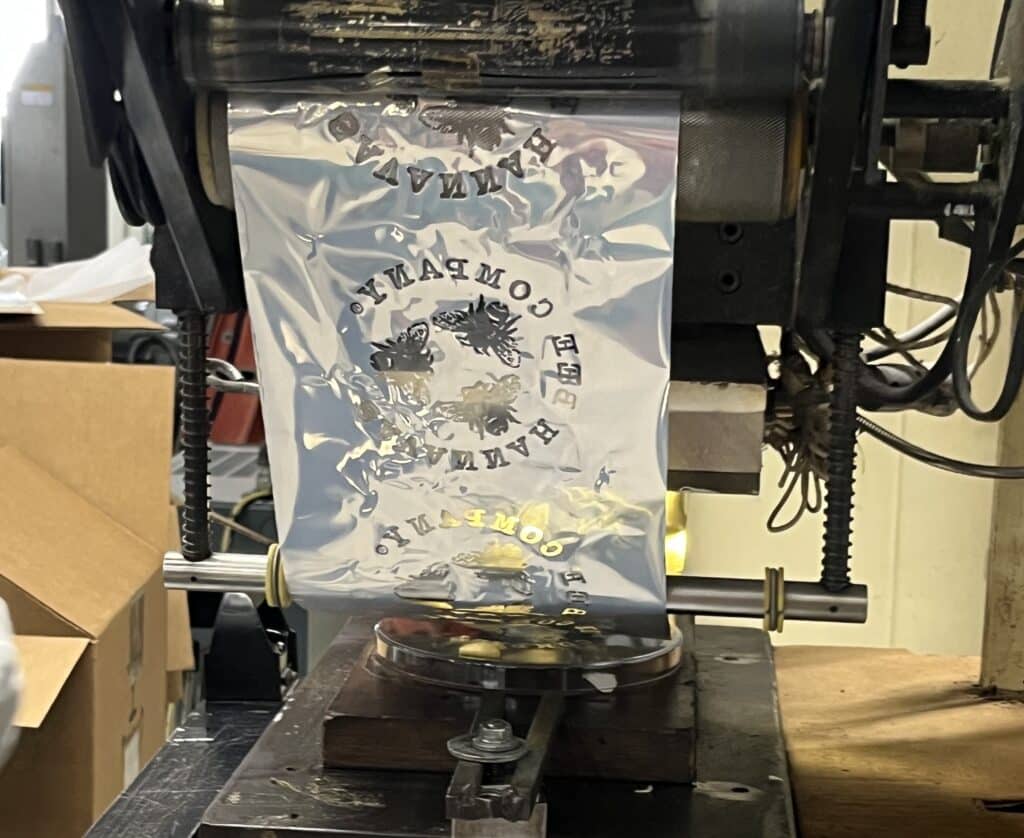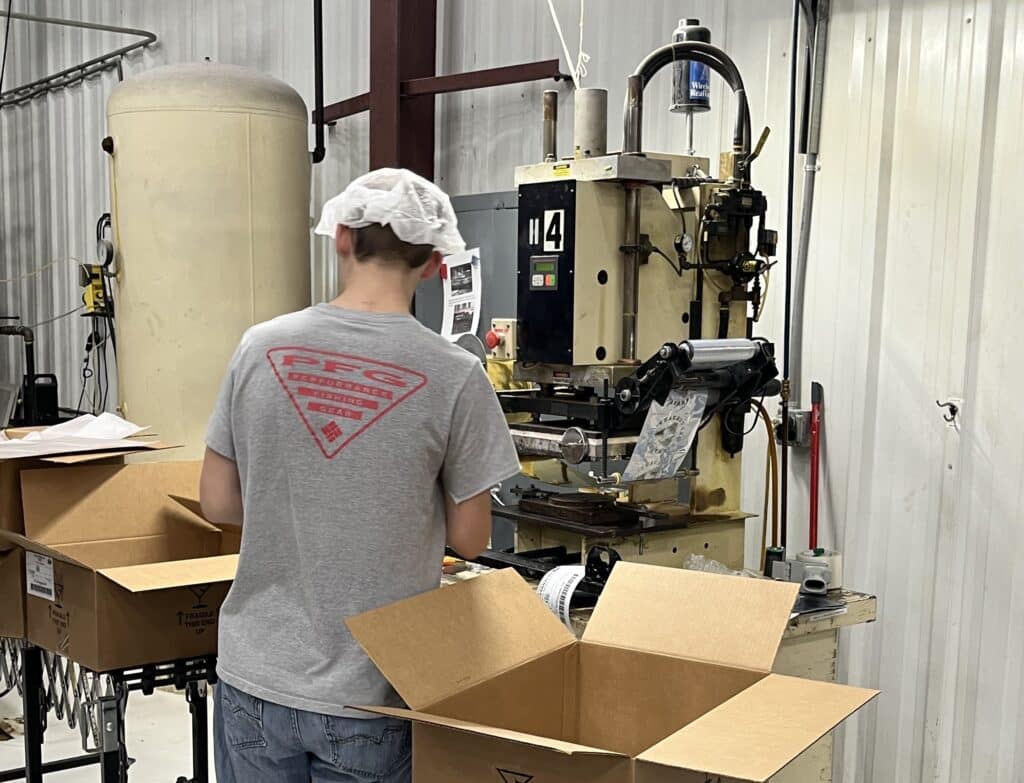
How Pioneer Plastics Transformed Shipping for a Construction Parts Supplier
Pioneer Plastics, a leader in the plastic injection molding industry, recently undertook a project that showcased their innovative problem-solving abilities. A prominent supplier of construction








